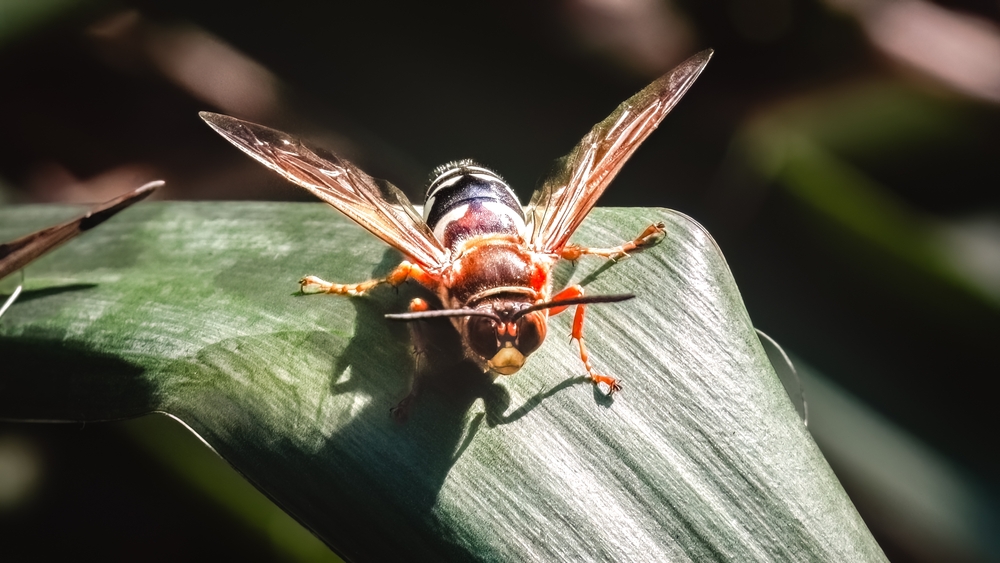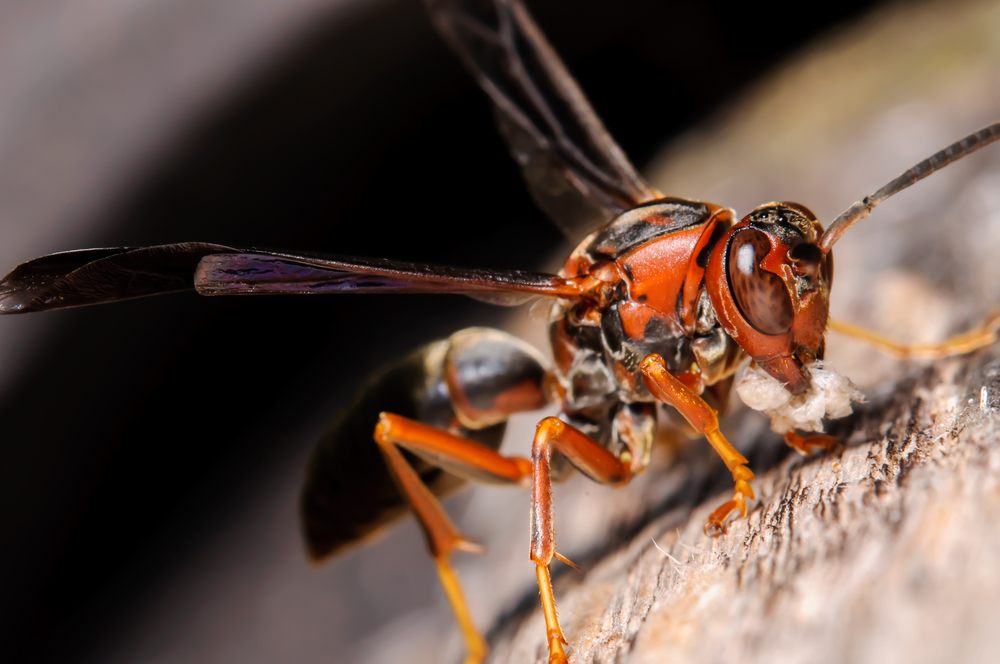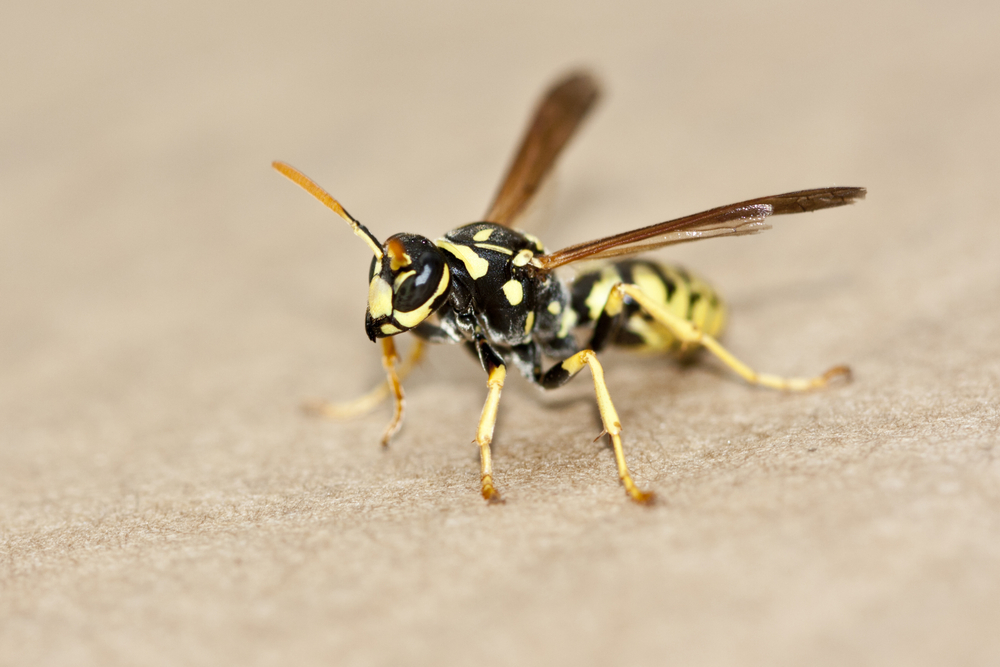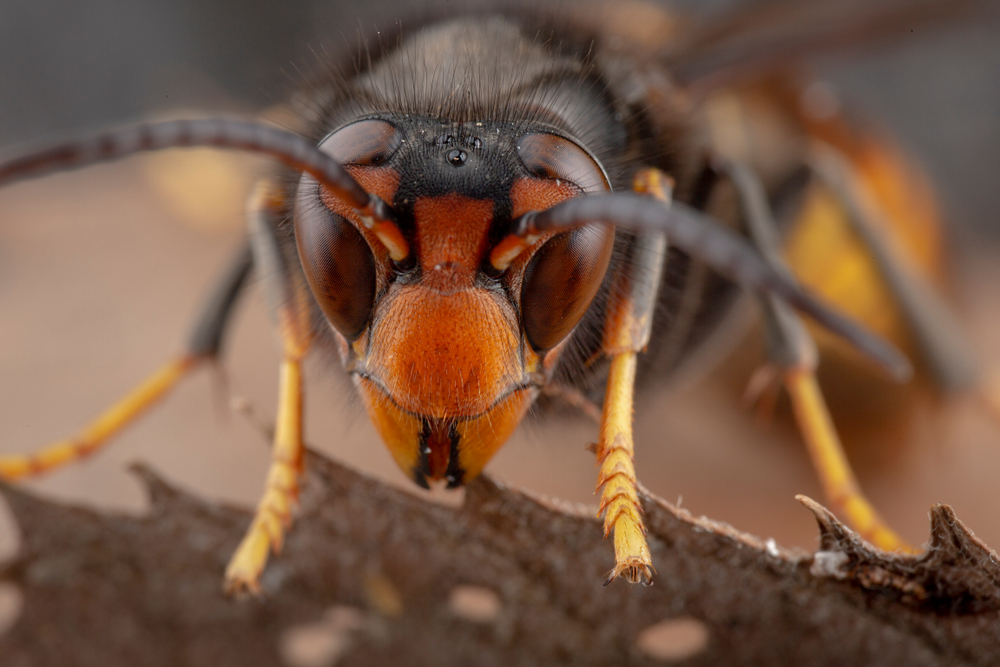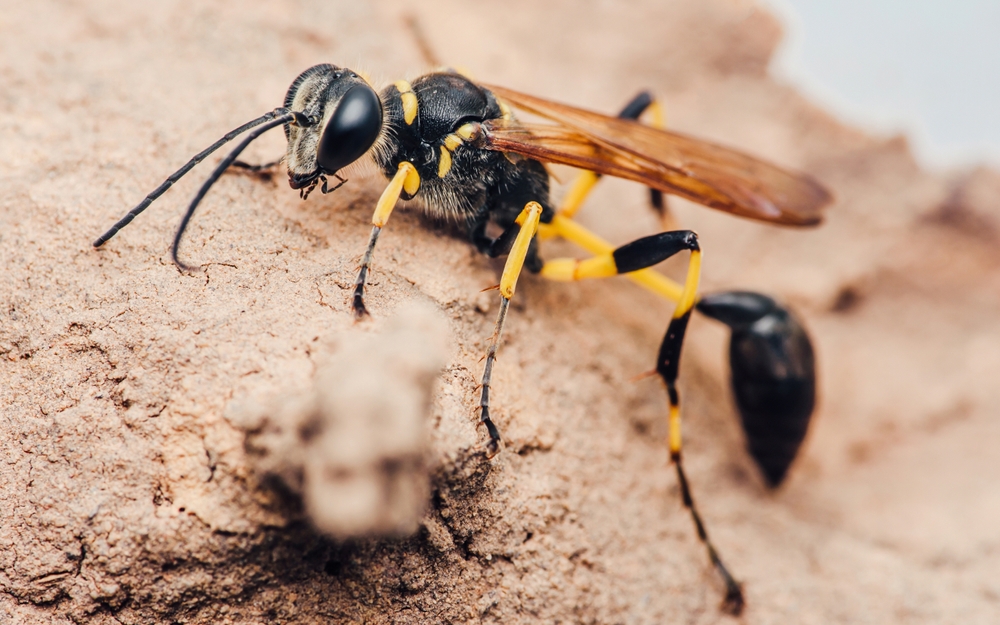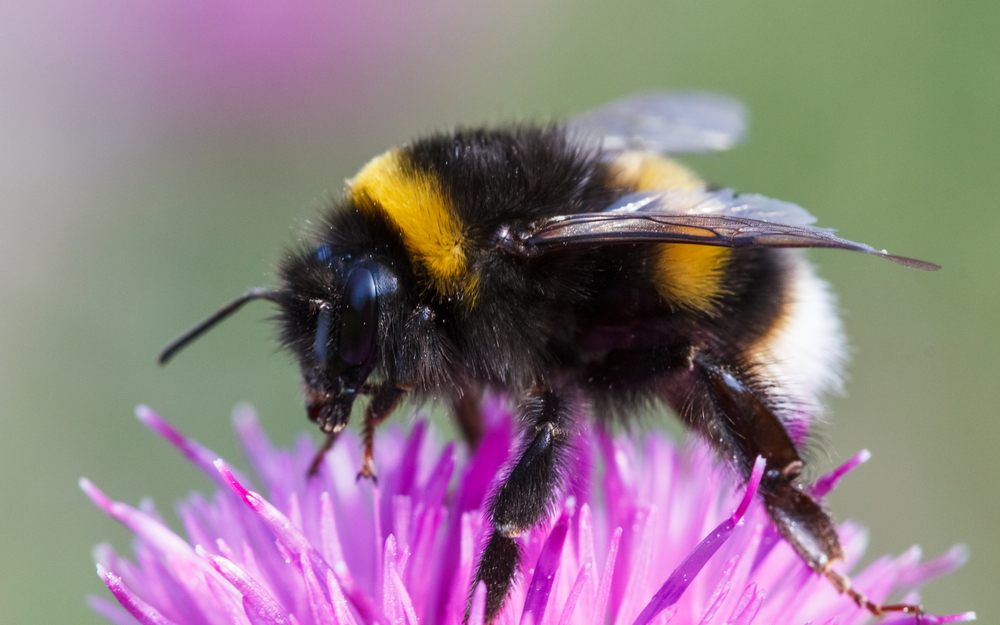About
#Reptile
The eastern cicada killer is a large, solitary wasp native to the eastern and central United States. Despite its intimidating size and name, this wasp is generally harmless to humans and plays a fascinating ecological role by preying on cicadas. It prefers sandy soils in sunny areas such as lawns, gardens, woodland edges, and even playgrounds, where it digs burrows to raise its young.
Adults are striking in appearance, measuring 3–5 cm (1.2–2 inches) in length. They have a shiny black abdomen with yellow bands, reddish wings, and a rust-colored thorax and legs. Though their sheer size and buzzing flight may alarm onlookers, eastern cicada killers are not aggressive and rarely sting unless physically handled.
These wasps are solitary nesters. Females dig deep tunnels in loose soil, ending in several brood chambers. She then hunts, paralyzes, and drags back cicadas—often larger than herself—to provision each chamber. After placing one or two cicadas in a cell, she lays a single egg and seals the chamber. The larva hatches and feeds on the still-living cicada, then pupates and overwinters in the burrow before emerging as an adult the following summer.
Males are territorial and often patrol nesting areas, diving at intruders—but they lack a stinger and pose no danger.
Eastern cicada killers are active during mid to late summer, coinciding with cicada season. While their digging may disturb garden soil or turf, they are beneficial predators that help regulate cicada populations.
The eastern cicada killer’s scientific name is Sphecius speciosus, and it belongs to the family Crabronidae.
Threatened:
Extinct
Critically Endangered
Endangered
Vulnerable
Near Threatened
Least Concern



































































